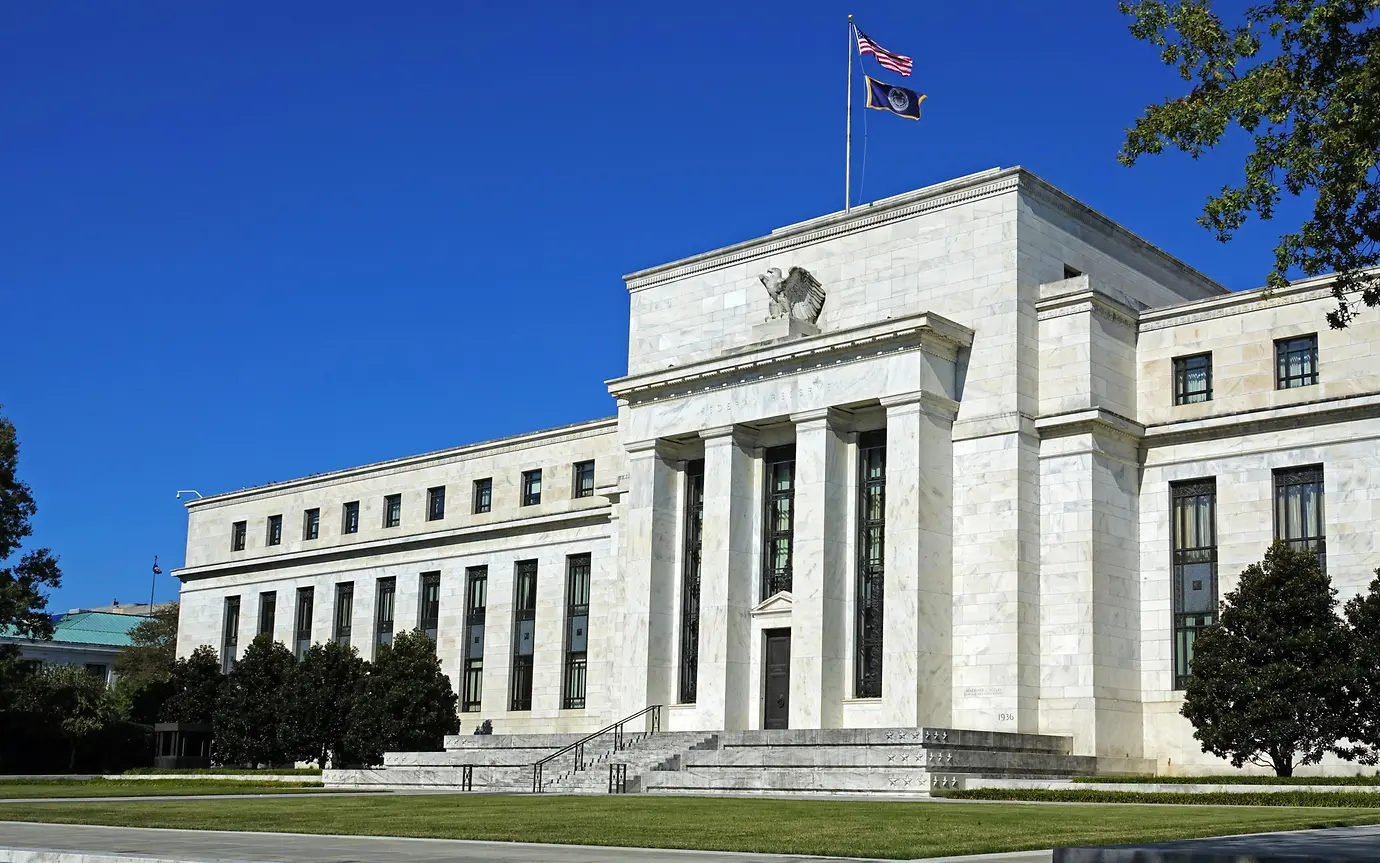While every major currency tends to have its own central bank, the Federal Reserve (Fed) is considered by most as the central bank of the world. The strength of the US dollar last year vividly illustrated this point. As the Fed embarked on its most aggressive hiking cycle in decades last year, paired with the unfolding war in Ukraine which threatened energy security across Europe, other central banks were forced to hike rates at a swifter pace to avoid even higher levels of price pressures from currency weakness.

A strengthening dollar tends to export inflation as this makes imports cheaper, while reducing export orders as these become less competitive in a global marketplace. It is this influence that reinforces the assertion over the Fed’s muscle. The European Central Bank (ECB) is another central bank with a large sphere of influence. Its hiking cycle has prompted some of the smaller European central banks to push rates higher or face similar issues between its currency and the Euro.
As such, we tend to focus a lot of attention on the main central banks. However, this week investors were paying closer attention to some of the smaller central banks.
Both the Reserve Bank of Australia (RBA) and Bank of Canada (BOC) hiked rates by 0.25%, versus expectations that would keep rates on hold.
This caused some ripples across the bond market which were already digesting some upward shocks in inflation data over the past few weeks. Only recently, investors were grappling with the shocks facing the US regional banking system and debt default debacle. It seems now that central banks are dismissing these events and losing patience with any deviation from their overriding course. This comes despite repeated iterations of the long and variable lags and growth indicators showing sluggish “real” growth at best. So, what seems to have changed?
The recent fall in energy prices appears to be a double-edged sword for central banks. While it represented a very large part of the historic price increases, particularly in Europe, the easing of the pressure to real incomes means household confidence has moderately recovered, albeit remaining at low levels.
In economic theory, a fall in oil prices is considered a stimulus on par to a tax cut.
While improving prospects for households is generally something to cheer about, for central bankers concerned about high inflation, this complicates their economic assessment, which lately has come under scrutiny.
The central bank playbook over the pandemic has been a subject of great debate. Initially, the fears of widespread unemployment which could have resulted in a depression, brought swift monetary and fiscal policy action at the onset of the lockdowns. These were kept loose despite constrained supply on goods, while large parts of the service sector were in essence mostly closed. The resulting boom in goods demand resulted in the first leg of inflation as large ticket items such as houses, and cars were highly sought after. However, concerns of new strains kept monetary policy loose until the employment market recovered much faster than anticipated, complicated by long-term illness and early retirement. Furthermore, a lot of service sector employees were enticed into more goods focussed jobs. The end result is that service sector wages have gone up, while unionised workers have demanded higher wage increases. Although demand for large ticket items, known as durable goods, have moderated given the shifting demand patterns and higher cost of borrowing, service demand has remained solid. This prompted the Governor of the Bank of England, Andrew Bailey, to warn that Britain is likely facing a wage price spiral.
The resilience of the service sector is rather understandable after the effects from the lockdown policies. People are prioritising experiences despite seeing standards of living being squeezed. Relative to the manufacturing sector, the service sector is much more labour intensive given that baristas, waiters and airline staff are much harder to replace with robotics. The whole premise of central banks using interest rates as their main tool is to influence household decision-making between saving and consumption. Higher rates are meant to incentivise saving over consumption; however, behaviours may have changed in wake of the pandemic. Typically, those around retirement age tend to have the highest amount of disposable income, should they prioritise earlier consumption this may continue to drive service prices higher.
Given the level of scrutiny central banks are facing, and having been criticised of being behind the curve, they are likely to prioritise their credibility in markets over the long and variable lags they expect to have a profound economic effect over the coming quarters. While the actions of the RBA and BOC reaffirm to a degree the sphere of influence that Fed wields, given that their policy rates are below that of the Fed, it seems that patience is no longer considered a virtue in the central banking world.
This communication is provided for information purposes only. The information presented herein provides a general update on market conditions and is not intended and should not be construed as an offer, invitation, solicitation or recommendation to buy or sell any specific investment or participate in any investment (or other) strategy. The subject of the communication is not a regulated investment. Past performance is not an indication of future performance and the value of investments and the income derived from them may fluctuate and you may not receive back the amount you originally invest. Although this document has been prepared on the basis of information we believe to be reliable, LGT Wealth Management UK LLP gives no representation or warranty in relation to the accuracy or completeness of the information presented herein. The information presented herein does not provide sufficient information on which to make an informed investment decision. No liability is accepted whatsoever by LGT Wealth Management UK LLP, employees and associated companies for any direct or consequential loss arising from this document.
LGT Wealth Management UK LLP is authorised and regulated by the Financial Conduct Authority in the United Kingdom.